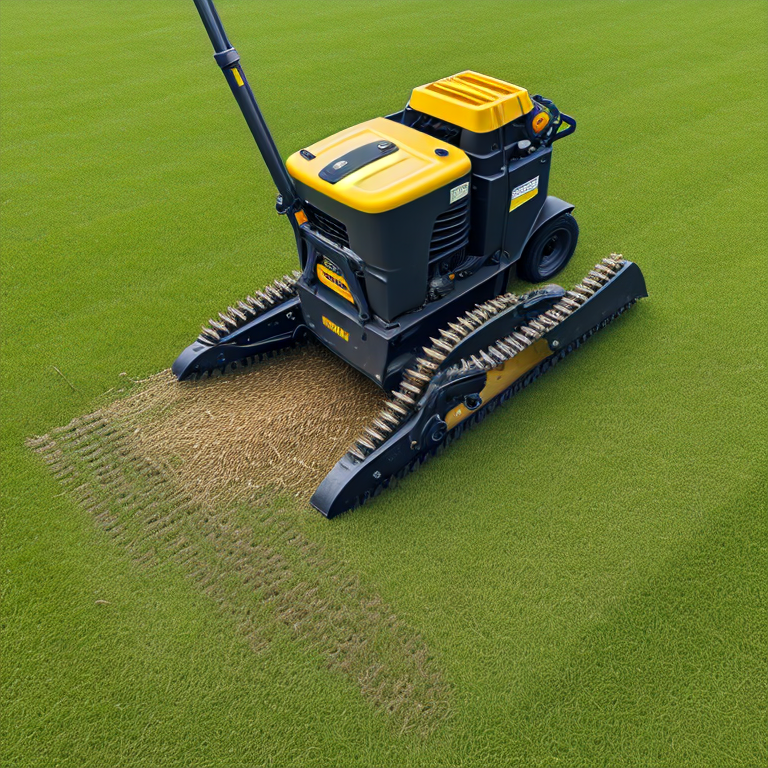The incessant march of agricultural progress, fueled by the desire to make farming more efficient and less labor-intensive, has been heavily influenced by key, yet often overlooked components – mulcher teeth and flail mower hammers. These unsung heroes have significantly evolved and now play a pivotal role in modern agriculture, continually pushing the boundaries of what is possible. Click here to learn more.
I. Advancements in Mulcher Teeth Technology
Mulcher teeth have undergone a remarkable evolution in recent years. Once rudimentary and prone to frequent breakages, these components have evolved to become the lifeblood of many agricultural operations. Innovations in design, material science, and manufacturing processes have dramatically improved their performance and longevity.
Current mulcher teeth are often crafted from durable materials like carbide, a substance known for its extraordinary hardness and resistance to wear. This quality, coupled with innovative designs that distribute stress evenly across the teeth, has significantly reduced the rate of tooth failure.
Moreover, the sophisticated design of today’s mulcher teeth enables them to cut through a wider variety of materials more efficiently. This enhanced versatility boosts the performance of agricultural machinery, reducing the time and energy needed to perform various tasks and resulting in lower operational costs and increased productivity.
II. Flail Mower Hammer as a Driving Force in Agricultural Machinery
Parallel to the advancements in mulcher teeth technology, the flail mower hammer has also made significant strides. This tool, essential in the process of cutting and shredding crops, has transformed the farming sector with its innovative features and improved technology.
Modern flail mower hammers are lighter, yet more robust, and capable of delivering a higher impact force. Their innovative design and better material usage have led to a significant increase in their lifespan, further reducing the costs associated with regular replacement and maintenance.
An excellent case study highlighting the effectiveness of the flail mower hammer is its application in the vineyard industry. Traditional pruning methods have been replaced with flail mowers, which effectively shred the pruned branches, saving time and reducing labor costs.
III. Synergy of Mulcher Teeth and Flail Mower Hammer in Agricultural Machinery
Interestingly, the combined usage of mulcher teeth and flail mower hammers offers synergistic benefits. When used together in machinery, these components can handle a wider variety of tasks more efficiently.
A notable example of this successful integration is seen in modern forestry mulchers. These powerful machines, equipped with both mulcher teeth and flail hammers, have the ability to clear large areas of forest undergrowth quickly and efficiently. This duo can handle heavy-duty tasks with a level of precision and effectiveness that would have been unthinkable a few decades ago.
As for the future, we can expect further advancements in the design and material composition of these components, leading to even greater efficiency in agricultural operations. Perhaps we may see the advent of self-sharpening mulcher teeth or flail hammers with sensor-based technology to optimize performance in real-time.
Conclusion
In conclusion, while they may be small and seemingly insignificant, mulcher teeth and flail mower hammers are fundamental to the progress of agricultural machinery. Their continual evolution and integration into farming equipment have led to significant improvements in efficiency, versatility, and cost-effectiveness. As the world continues to demand more from agriculture, the role of these key components in shaping the future of this sector should not be underestimated.
